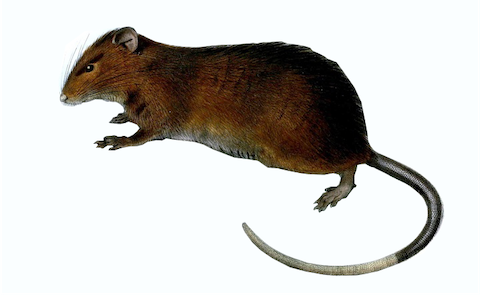Glucosamine facilitates cardiac ischemic recovery via recruiting Ly6Clow monocytes in a STAT1 and O-GlcNAcylation-dependent fashion.
Abstract
Dear Editor, O-linked β-N-acetylglucosamine (O-GlcNAc) modification controls a variety of biological processes. Though sustained hyper-O-GlcNAcylation aggravates pathogenesis of many chronic diseases, accumulating evidence also indicates that acute augmentation in O-GlcNAcylation seems to benefit disease healing in some cases.1 Glucosamine (GlcN, 2-amino-2-deoxy-d-glucose) is a freely available and commonly used dietary supplement for human cartilage health,2 which also activates hexosamine biosynthesis pathway and induces protein O-GlcNAcylation.3 In the present study, we attempted to induce acute hyper-OGlcNAcylation by GlcN for ischemic repair and further dissect its underlying mechanisms. Notably, GlcN early therapy (GlcN/E), which initiated 1 day before myocardial infarction (MI), effectively facilitated cardiac ischemic recovery, as evidenced by the enhanced heart function (Figure 1A–C), smaller heart weight (Figure 1D,E) and restricted scar formation (Figure 1F–I). More importantly, short-term GlcN therapy initiated even 3 days post-MI (GlcN/L) was also sufficient to induce clear cardiac protection (Figure 1A–I), suggesting that both GlcN/E and GlcN/L therapies effectively ameliorate post-MI cardiac dysfunction and scar formation.
| Authors: | Zhou W, Jiang X, Tang Q, Ding L, Xiao W, Li J, Wu Y, Ruan HB, Shen Z, Chen W, |
|---|---|
| Journal: | Clin Transl Med;2022Mar; 12 (3) 762. doi:10.1002/ctm2.762 |
| Year: | 2022 |
| PubMed: | PMID: 35343077 (Go to PubMed) |


